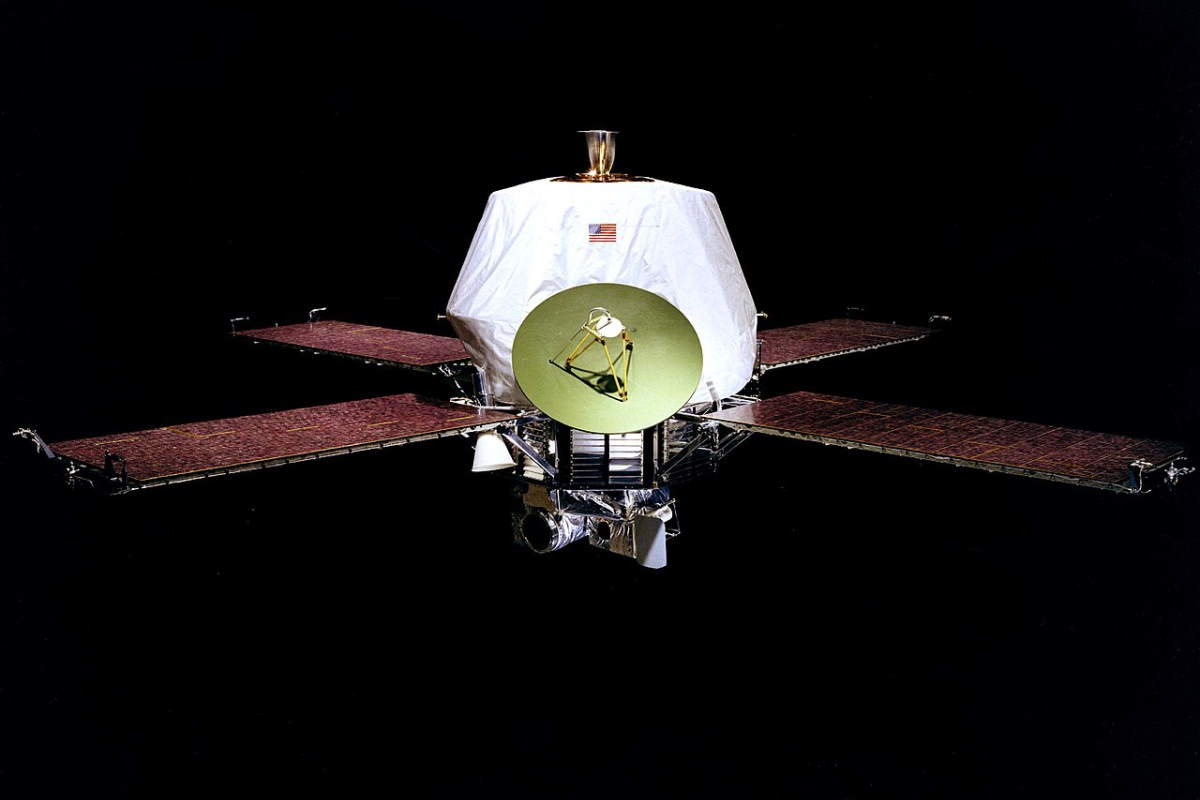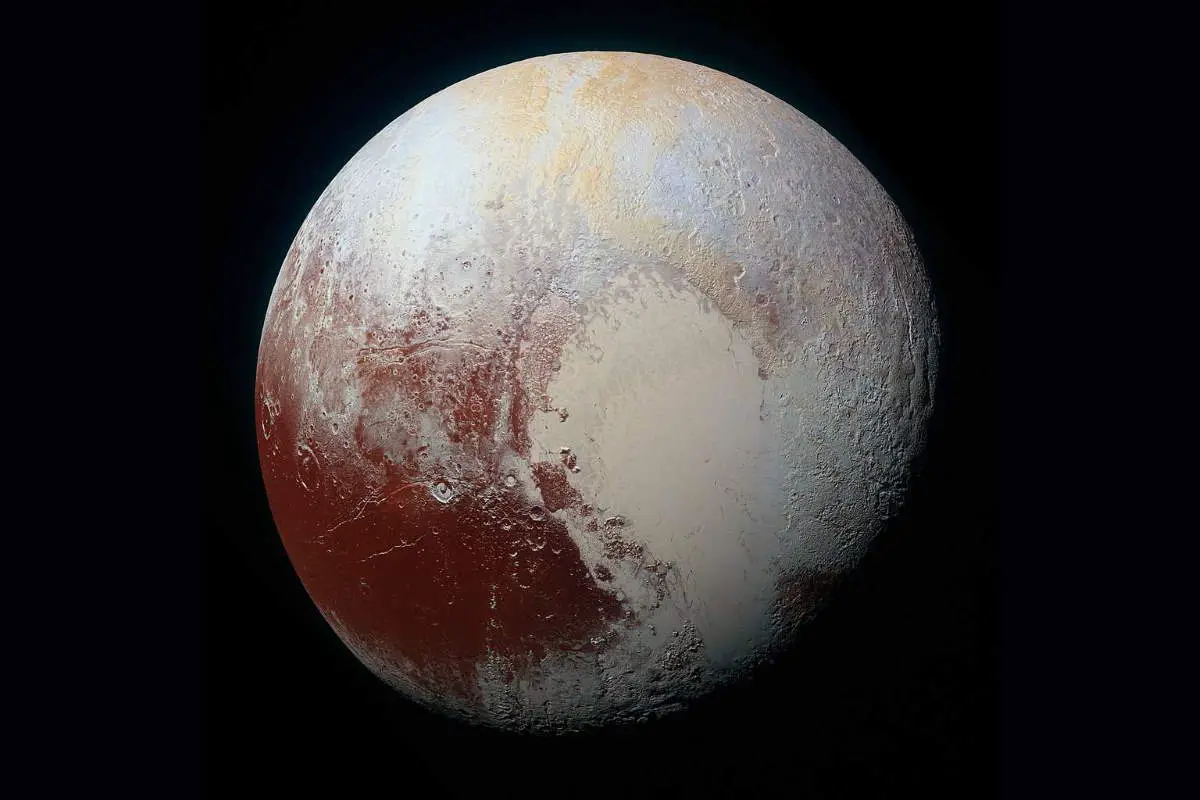What are the largest great white sharks ever recorded? Just how big can these ocean giants really get? This question is one of the most hotly debated topics in marine science, and it’s surrounded by plenty of “big fish” stories and myths. Over the years, numerous claims of massive great whites have emerged, some supported by solid evidence and others more speculative or exaggerated. Despite the fascination and controversy, researchers have recorded a few truly enormous specimens, shedding light on the potential maximum size of this iconic predator.
The great white shark (scientific name: Carcharodon carcharias) is not the world’s biggest shark (that title goes to the whale shark), but they are the largest predatory fish in the world.









